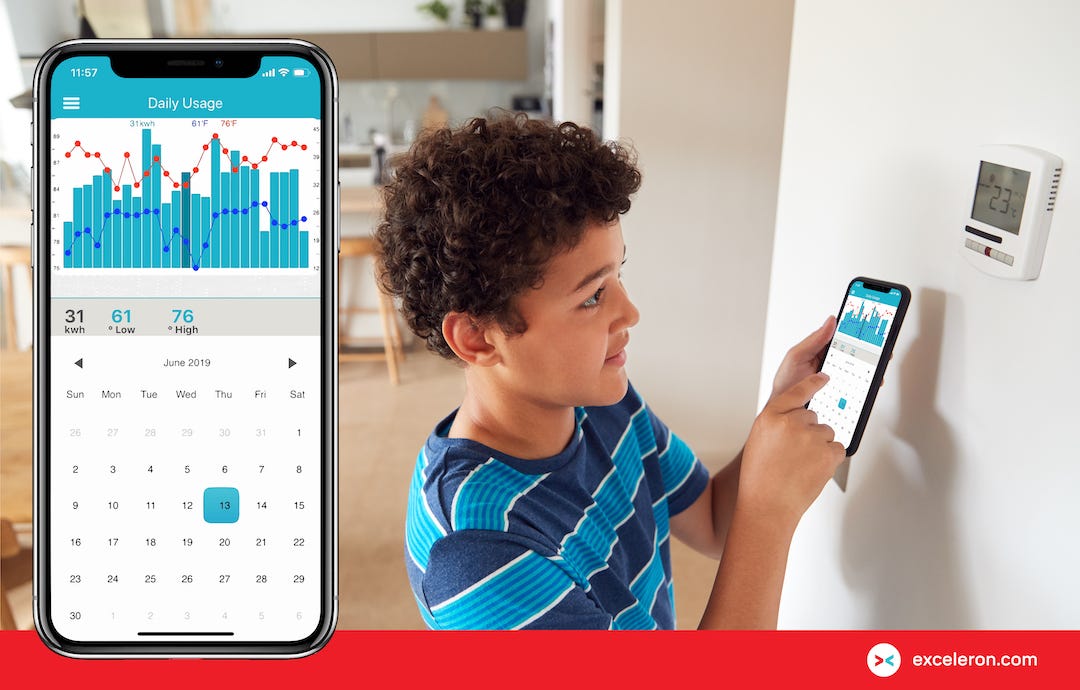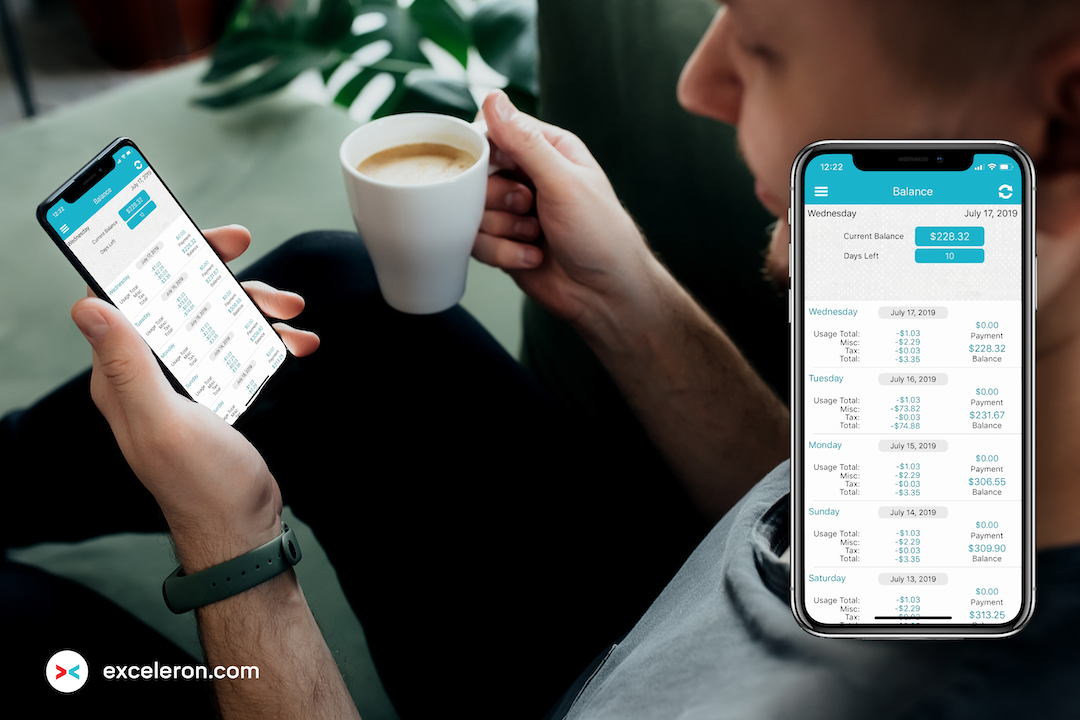Utility Payments: Speaking the universal language of money vs kilowatts

by Tom Jackson, Director of MyUsage Payments
Did you know that 50% of adults in the United States cannot read a book written at an 8th-grade level?
What does this statistic mean for you and your utility company? It means that you need to engage customers with straightforward content that the entire customer base can understand completely.
This guide will explain the best way to provide payment information to your customers, especially when it comes to explaining the concept of kilowatts and kilowatt-hours.
Today, customers expect you to speak their language
According to Statista, 94% of customers think that it is essential for energy bills to be as easy to understand as possible.
When customers are presented with an overly complicated energy bill, one of three things is likely to happen.
- The customer will pay the bill but will react negatively, criticizing the utility not only to friends and family but to anyone who will listen. According to Clarabridge, a study about utility companies on social media found that 42% of comments on Facebook had negative sentiment attached to them.
- The customer will pay the bill but complain to the utility company. This not only means time and resources spent responding to customer complaints but can lead to a potential reduction in staff morale.
- The customer won’t pay the bill, either because they don’t understand it or because they don’t feel the costs are justified. This means time and resources wasted on collections.
As mentioned at the start of this article, 50% of adults in the United States cannot read a book written at an eighth-grade level. Avoiding complex language and technical jargon in your billing information is a must.
Jargon, like ‘ratepayer’.
Customer or ratepayer — which is correct?
In 2014, Greentech Media wrote an article regarding utilities referring to people who pay their energy bills as ‘ratepayers’ and the shift towards the use of ‘customer’ instead.
Not only is customer an easier word to get your head around, but it’s a less loaded term. The then-Federal Energy Regulatory Commission (FERC) Chairman Cheryl La Fleur indicated that she preferred the term customer. This was because the customer was less passive than ratepayer and implied that energy users have a choice and freedom over their actions.
If FERC is happy to use ‘customer’, then this should be the green light for your utility company to start using it too.
Help! I don’t know what a kilowatt-hour is!
When you work in the utility industry, a kilowatt-hour (or kWh for short) is one of the most straightforward concepts to understand, and is the building block of the average energy bill. But if you don’t, a kilowatt-hour can be very confusing.
So, by all means, have a page on your website or app explaining what a Kwh is and how it is used to calculate energy usage, but don’t expect all of your customers to read it from beginning to end.
This means if you have structured your energy bill exclusively around the use of kilowatt-hours, your customers are likely to get confused about exactly what they are paying. This can result in more calls or emails, as well as bills not being paid on time.
So, what are the alternatives to using kilowatt-hours on bills? Here are two ideas that may help:
Explain kWh usage in real terms
One good way to resonate with your customers is to explain kWh usage in real terms that they understand, such as around the use of popular appliances. For example:
- Did you know that a smartphone charger plugged in for one to two hours a day uses about 1 kWh a month?
- Did you know that a refrigerator uses up to 200 kWh a month, depending on the model’s size and age?
- Did you know that running a 60-watt light bulb all day uses 1 kWh?
- Did you know that an average coffee maker uses about 61 kWh per month? And that a single-use pod coffee maker uses nearly twice as much?
- Did you know that having the air conditioning on all day uses 29 kWh a day?
Using charts and graphs can really help too — the human brain can process visuals over 60,000 times faster than words.

This approach can not only help customers visualize their energy usage, but allow them to take action to lower their bills too.
Speak to customers in regard to how much money they have spent
Another way is to speak to customers in regard to the money they have spent on their energy bill. After all, we understand the concept of dollars and cents much more than we do kilowatts and kWhs.
The average US household spends $2,000 on utility bills each year, and they are likely to want to see a precise breakdown as to where their money is going.
Explain how much money they owe, as well as a projection of how much their next energy bill will be. You can then translate that money to kilowatt-hours so customers can see how their usage affects their bill.
Ensure there are no unpleasant surprises when it comes to your customers’ bills
In a previous article, we wrote about transparency and how important it is to customers.
As well as making sure your utility bills are as easy to understand as possible, you will want to ensure that all charges are clearly identified. 85% of customers say they are more likely to support transparent and open brands, with Millennials the most likely generation to be impressed by honorable actions.
Make your pricing structure easy to understand, and feature it on as many of your marketing channels as possible.

Keep your customers up-to-date through the month, letting them know how much they have spent and what their projected bill is due to be. That way, if it is on course to be more than they would usually pay, they can take steps to lower it by reducing their energy usage.
Don’t just communicate with your customers at the end of the month
Are you looking to keep your utility customers happy and confident in the services you provide? It’s no longer just enough to send them a bill at the end of the month and wait for payment or even to provide a running tally of their estimated bill . . .
According to McKinsey, 70% of the customer journey is based on how the customer feels they are being treated.
As the old adage goes, treat your customer like a person, and not just a number.
How can you keep customers happy? By establishing a more frequent dialogue with them, providing personalized and topical messaging. Like your energy bills, keep this content simple and as easy to understand as possible.
Examples of exciting content you can share include:
- Tips on how customers can reduce their energy usage and lower their carbon footprint
- Guidance about how to keep their home warm in winter and cool in summer
- Changes in environmental legislation and how it may affect the customer
- How to use Christmas lights without seeing a significant spike in energy usage
- Information about new services you provide (for example, new way customers can make a payment or your brand-new smartphone app)
Provide this information in a format that your customers prefer (for example, email, SMS, or letter) and give them the opportunity to respond and provide feedback.
Keep It Simple
A handful of organizations think that providing content full of jargon and complicated language makes them sound professional and highly skilled. This may have been the case in the past, but not anymore.
For example, think of the politician who refers to a recession as a “period of economic adjustment” or “negative economic growth”. Would you vote for him or her?
Keep it simple . . . Provide your customers (not ratepayers) with clear information about their bill, focusing on money spent rather than kilowatts used.
That way, not only will they be more satisfied and likely to pay their bill on time, but you’ll save time and resources on not having to respond to dissatisfied customers.
What measures will you take in the near future to simplify your next round of utility bills?
—
Sources:
- https://centerforplainlanguage.org/what-is-readability/
- https://www.saveonenergy.com/resources/energy-consumption/
- https://www.statista.com/statistics/348145/importance-of-clear-energy-bills-in-great-britain-uk/
- https://data.census.gov/cedsci/all?q=Language%20Spoken%20at%20Home&t=Language%20Spoken%20at%20Home
- https://www.greentechmedia.com/articles/read/theres-no-such-thing-as-a-ratepayer
- https://www.clarabridge.com/blog/sentiment-of-the-week-disbelief-in-the-utility-industry
- https://blog.arcadia.com/ultimate-guide-power-bill/
- https://aytm.com/blog/honesty-survey/
- https://www.rockethq.com/learn/personal-finances/average-cost-of-utilities#:~:text=A%20typical%20household%20in%20the,more%20than%20%24167%20a%20month
- https://blog.firstchoicepower.com/uncategorized/how-much-energy-do-your-household-items-use-infographic/
- https://exceleron.medium.com/why-what-making-utility-bills-and-payments-transparent-9ab45846bdcf
- https://www.zdnet.com/article/9-out-of-10-consumers-will-stop-purchasing-from-brands-that-lack-transparency/
- https://www.mckinsey.com/business-functions/organization/our-insights/the-moment-of-truth-in-customer-service
- https://web.archive.org/web/20001102203936/http%3A//3m.com/meetingnetwork/files/meetingguide_pres.pdf




